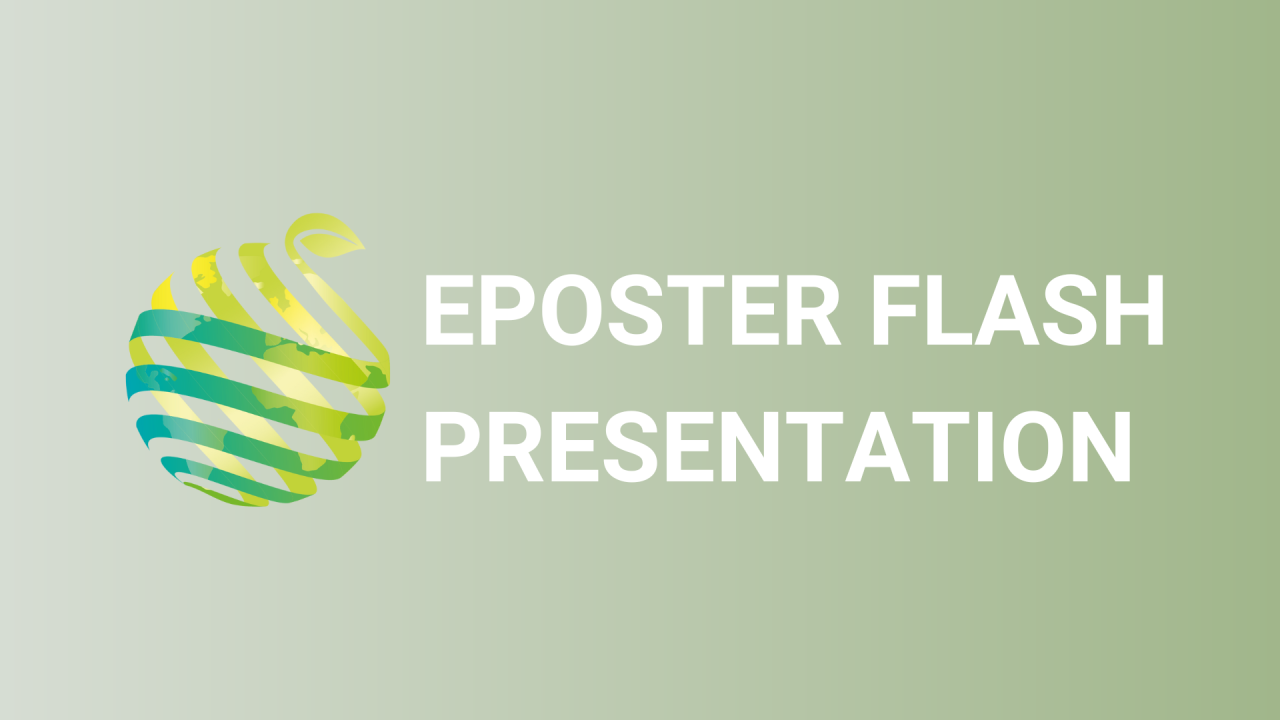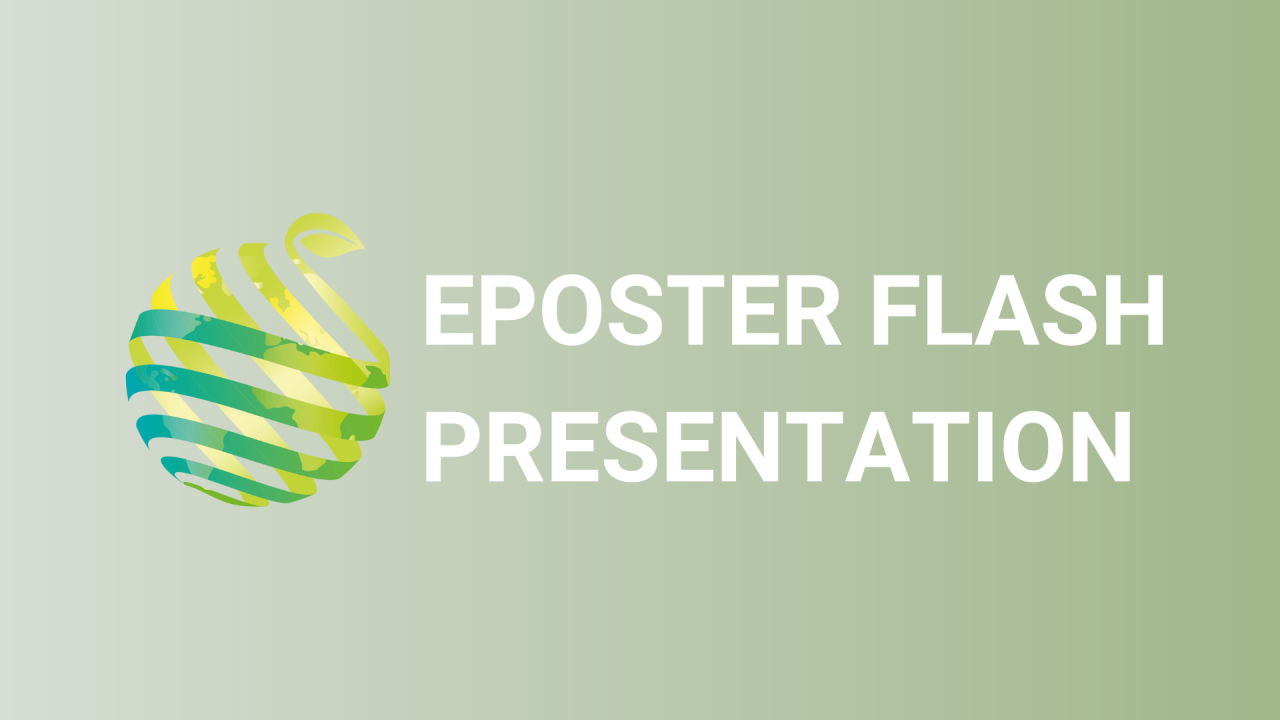

S14 - Session P3 - An innovative attract-and-kill approach to control Drosophila suzukii in cherries: Successful use of yeasts for pest management
Information
Authors: Marko Bjeljac *, Urban Spitaler, Sergio Angeli, Silvia Schmidt
Pest management in cherry orchards demands new methods to be more sustainable and eco-friendl y , especially for controlling invasive pest species . Drosophila suzukii is an important insect pest that cause s severe losses, particularly in stone fruit and soft fruit production. Sweet cherries are especially vulnerable due to the soft skin of the fruit, attractive color , as well as flies' oviposition preference for ripening and healthy fruits. This induces an increased number of treatments and causes insecticide residues in fruits. Moreover , increased insecticide use with the same mode of action create s a concern for possible insect resilience in the future . In the present study, we compared the efficacy of two yeast-based formulation s in cherry orchards in an attract-and-kill approach . Before treatment, b oth formulations were combined with the insecticide spinosad . The aim was to compare the two formulations with a typical insecticide application and with untreated control . The treatments were performed two times during the season with a knapsack spr ayer . Treatments based on a yeast formulation were applied only at a band of 80 cm in 1 m height . The yeast-based formulations applied just on the band contained an amount of spinosad that was three times lower than the typical spinosad application applied on the whole canopy . By e xamining the oviposition rate on the sampled fruits , t he results showed a lower oviposition rate of D. suzuki in all treated plots compared to the untreated control. The performance of the typical insecticide treatment showed no significant difference compared to the yeast-based treatment. Therefore, the yeast-based formulation s could provide an applicable and eco-friendly method for cherry production .